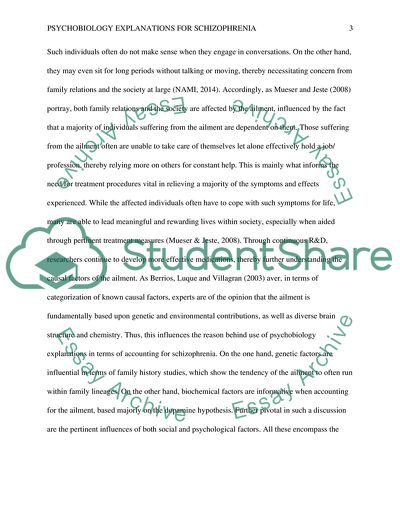Cite this document
(Psychobiological Review On Schizophrenia Admission/Application Essay, n.d.)
Psychobiological Review On Schizophrenia Admission/Application Essay. Retrieved from https://studentshare.org/psychology/1857003-discuss-how-well-psychobiology-explanations-account-for-schizophrenia
Psychobiological Review On Schizophrenia Admission/Application Essay. Retrieved from https://studentshare.org/psychology/1857003-discuss-how-well-psychobiology-explanations-account-for-schizophrenia
(Psychobiological Review On Schizophrenia Admission/Application Essay)
Psychobiological Review On Schizophrenia Admission/Application Essay. https://studentshare.org/psychology/1857003-discuss-how-well-psychobiology-explanations-account-for-schizophrenia.
Psychobiological Review On Schizophrenia Admission/Application Essay. https://studentshare.org/psychology/1857003-discuss-how-well-psychobiology-explanations-account-for-schizophrenia.
“Psychobiological Review On Schizophrenia Admission/Application Essay”, n.d. https://studentshare.org/psychology/1857003-discuss-how-well-psychobiology-explanations-account-for-schizophrenia.


